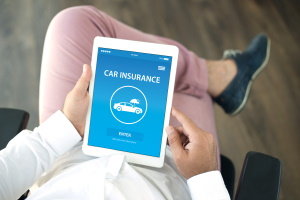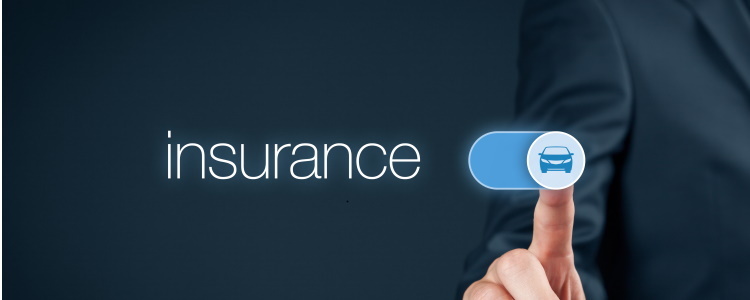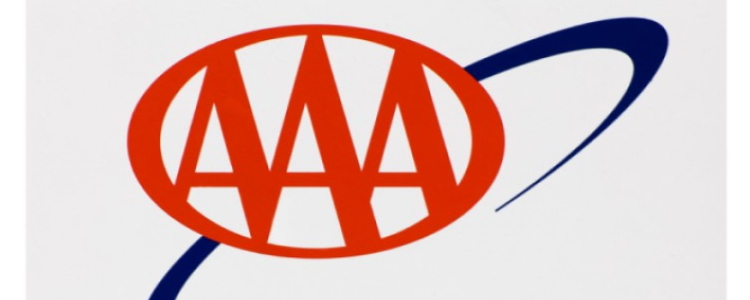Car insurance is a must when you’re financing a vehicle, because it’s required by the lender. Specifically, full coverage auto insurance is what you typically need to meet lender requirements. But what's the difference between comprehensive and full coverage insurance?
Different Insurance Coverage on Vehicles
There are different types of auto insurance to know, but if you’re financing a vehicle, you’re almost always required to have full coverage car insurance. Full coverage is actually different types of coverage bundled together, typically comprising of at least:
- Liability
- Collision
- Comprehensive
 The difference between full coverage and comprehensive insurance is that comprehensive is only one type of coverage included in a full coverage insurance plan.
The difference between full coverage and comprehensive insurance is that comprehensive is only one type of coverage included in a full coverage insurance plan.
If you buy full coverage car insurance, you almost always have comprehensive coverage in your plan. It covers damage from non-vehicle accidents, such as theft, falling objects, and hail. Often, it’s called “other than collision” coverage.
Two other types of coverage under full coverage are liability and collision. Liability insurance pays for some medical bills and/or property damage if you’re at fault in an accident. Collision insurance pays for repairs to your car in the event of a vehicle accident, no matter who's at fault for the accident.
Lastly, some full coverage insurance plans include uninsured or underinsured motorist coverage, which can help protect you in accidents with people who have little or no auto insurance.
Why Is Full Coverage Required?
Car insurance is a must-have in nearly every state, and full coverage is required by your auto lender if you’re financing. This is because lenders own the financed car until you pay off the loan, so during the loan term, your lender requires you to have full coverage.
Full coverage auto insurance can cost consumers around $100 a month or more. Your rates vary depending on many factors: your driving record, state, age, and credit score, to name a few.
What About PLPD Insurance?
Once you’ve paid off your loan, you’re free to choose an insurance plan that meets your state’s minimum requirements, which is generally satisfied with personal liability and property damage (PLPD) coverage, also called liability coverage.
It varies by state. However, PLPD doesn’t assist with damage from non-vehicle damage (such as fire or hail). Additionally, PLPD typically only covers the other driver’s and passenger’s medical bills, repairs, and damage if you were at fault. In a nutshell, it helps pay for damage you do to someone else’s property or vehicle.
While PLPD doesn’t cover everything, it’s generally less expensive than full coverage. And if you’re financing a vehicle, it likely isn’t enough coverage to meet a lender’s insurance requirements.
Looking for Auto Resources?
If you’re on the hunt for an insurance plan and want to compare rates, then visit our resource center to compare auto insurance rates for free right here.
Comparing auto insurance rates and different coverage options is a good way to plan for your next vehicle – but if your credit score is struggling it can be hard to find a lender that can assist you. Here at Auto Credit Express, we want to make the search for your next car loan easier with our coast-to-coast network of special finance dealerships.
Our network of dealers are signed up with subprime lenders that are equipped to work within many unique credit challenges. Skip the search for a dealership and complete our free, no-obligation auto loan request form and we’ll do the searching for you!
















